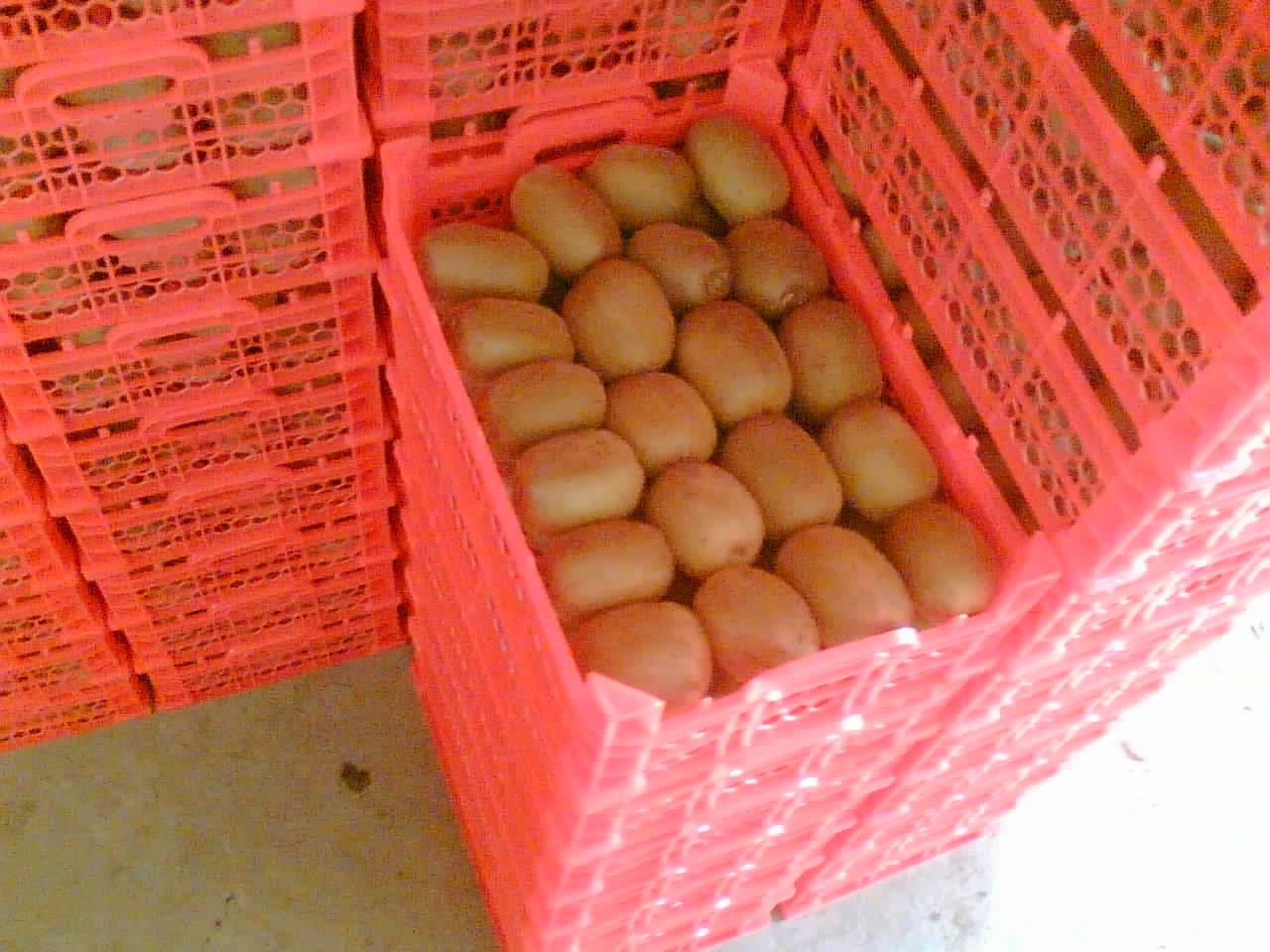export fruit iran buy fruit company
company fruit exporter from iran - import fruit all countryexport fruit iran buy fruit company
company fruit exporter from iran - import fruit all countryIranian Date and Its Market in the World
Iran eyes exports of industrial, mineral products to Central Asia, Iraq
TEHRAN (ISNA)- Iran has reached agreements with Central Asia and Iraq for export of its industrial and mineral products, said Head of Iran’s Industry, Mine and Trade House Abdolwahab Sahlabadi.
“So far, we have had good agreements with Central Asia and Iraq for exports of mineral and industrial products. Agreement with Russia could be a good exports pathway,” he said.
He also referred to current situations in Iraq and opportunities for exporting goods to Russia, and said, “There are many promising doors for the further expansion of Iranian exports market which need to be best used.”
“Iran can perform well in exporting products to Russia as a large, populous and consumer country.”
Iran to boost petchem exports to Africa
The NIPC, which had cited China, India, Southeast Asian countries and the Far East as main markets of its products, has recently found markets in African continent.
Accoring to a report by Fars news, African countries have so far imported Iranian petrochemical products after lifting the ban on the import of these products by the EU countries.
In addition to China and India, Bangladesh, Sri Lanka, Pakistan, and Iraq, and in some occasions, Armenia and Malaysia also imported Iranian products especially urea and ammonia fertilizers. Last year, Tanzania and Mozambique joined the bandwagon of countries importing Iran’s products.
For instance, Head of Marketing Office of Khorassan Petrochemical Complex Ali Asqar Khazayee said that the melamine cargo of Iran’s Northwestern petrochemical complex had been exported to new markets in Africa.
On Tuesday, an Iranian deputy oil minister said Iran is resolved to increase its revenues from exporting petrochemicals, and announced that four new petrochemical plants are scheduled to go into operation in the current Iranian year calendar (started March21).
Iranian Deputy Oil Minister for Petrochemical Affairs Abbas She’ri Moqaddam said that the completion and construction of development projects are among the main priorities of the NIPC, and therefore four petrochemical plants will come on stream this year.
He further stated that the second phase of Kavian Petrochemical Complex in Iran’s Southern province of Bushehr, as well as petrochemical complexes of Lorestan, Kordestan and Mahabad will be operational by the end of the current Iranian calendar year.
Earlier this month, Director for Planning and Development Department of the NIPC Hossein Shahriyari told reporters that Iran plans to increase its petrochemical exports considerably in the current Iranian year as sanctions against the Islamic Republic are eased in the wake of an interim nuclear deal between Tehran and the Group 5+1 (the US, Russia, China, France and Britain plus Germany).
"Iran will increase the value of its petrochemical exports to the level of $12 billion," Shahriyari said.
He reiterated that Iran’s petrochemical sector enjoys ample opportunities that could be seized once the capital necessary for its development projects are provided.
“In recent years, the domestic sales of petrochemical products have increased considerably, and with the implementation of the new development projects, the petrochemicals production capacity will rise significantly,” Shahriyari said.
Iran has trade transactions with over 105 world countries.
Last year, former Iranian Economy Minister Seyed Shamseddin Hosseini said that Iran’s non-oil exports witnessed an eye-catching growth in the last Iranian year (ended March 20, 2013) despite the sanctions and restrictions imposed by the West on Tehran.
“The value of the country’s non-oil goods exported last year hit $41.3bln,” the Iranian economy minister said, addressing a conference on monetary policy of global economy.
He noted that the figure shows an increase as compared with last year due to growth in tourism sector and exports of agricultural and mineral products.
“The non-oil export deficit reduced to $12.3bln last year from the previous figure of $18bln,” Hosseini said.
Leading Iranian kiwifruit group reveals export forecast
Despite tough competition from the likes of Italy and France, Iran’s kiwifruit sector has made progress in recent years thanks to modernization efforts in fields and packhouses, as well as improved regulations. Ario Fruit business manager Sadegh Mousavi told www.freshfruitportal.com the government almost put a lid on that progress this fall, but negotiations helped keep exports alive in a national season set for a volume of 300,000 metric tons (MT).
Sadegh said his country had a “long and bright” history in fruit production, particularly in kiwifruit, and the industry was now bolstering its abilities in production, storage, marketing and transportation.
“This is done by focusing on experience and international technology, supplying kiwifruit from Grade A orchards, controlling growing and harvesting practices, and using high-level technologies to keep kiwifruit for a long time,” Sadegh said.
“Iranian kiwi fruit has agood status in international markets for different reasons including its good taste and excellent quality, a different season compared to some other producers like New Zealand and Chile, and a cheaper price.
“International markets have demand for Iranian kiwifruit several months before our main season, but we have problems in transportation and packing.”
The executive listed the UAE, Turkey, Belarus, Turkmenistan, Azerbaijan, Tajikistan, Pakistan, Iraq, Afghanistan, India, Russia and the Gulf countries as some key markets the sector has tapped into. However, it hasn’t always been this way.
“Iranian kiwifruit export growth is in good condition in comparison with global exports. In 2013, the Iran government removed some prohibitions on the exports of Iranian products, including fruit, and that was a good message for exporters.


